Leodevincy
Chào mào Việt
The Red-whiskered Bulbul (scientific name: Pycnonotus jocosus) is easily recognisable by the black upright crest on its head and the crimson patches on its cheeks and under its tail. It was featured on the S$5 notes of the "Bird Series" currency notes released by the Monetary Authority of Singapore between 1976 and 1984. It also appeared on the 10-cent stamps in the 1978 postage stamp series featuring singing birds.
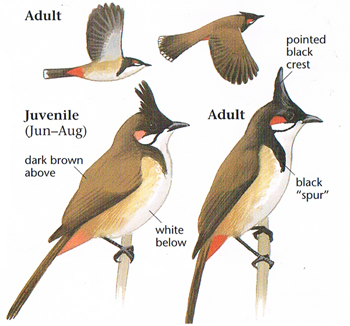
Description
Overall, this slender bird is greyish-brown in colour with white below. It is clearly identified in the field by the crimson patches below its eyes, and the pointed black crest adds to its distinctive look. Both sexes are alike. Juveniles lack the red patch on the cheeks and are lighter red under the tail. It usually occurs in pairs. However small flocks of 30 individuals have been recorded, and up to 50 birds have been observed on the less frequented grounds within the Istana in Singapore. It is also one of the five most popular caged birds in Singapore, along with the White-rumped Shama, Oriental White-eye, China Thrush and Zebra Dove. Its call has been described as a "queep kwil-ya" that is whistled repeatedly.

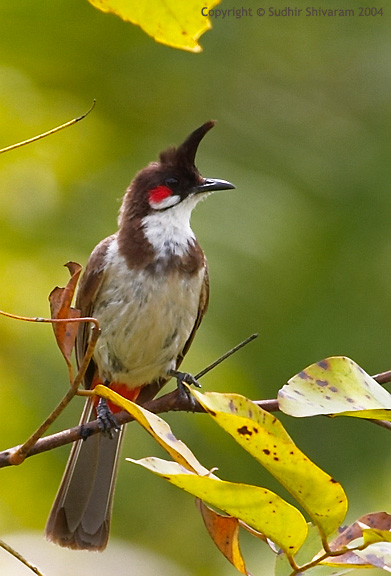
Reproduction
Red-whiskered Bulbuls generally breed between February and August, although the nesting season is not well defined. They build nests typical of members of the bulbul family: very neat, rounded and cup-shaped. The nests are made of dead leaves and twigs bound tightly together and are lined with roots and grass. They are typically set up in low branches of trees or bushes, seldom more than a few metres from the ground but often well concealed. This species lays three eggs, which are pinkish and heavily mottled.
At natural






Reproduction at aviary
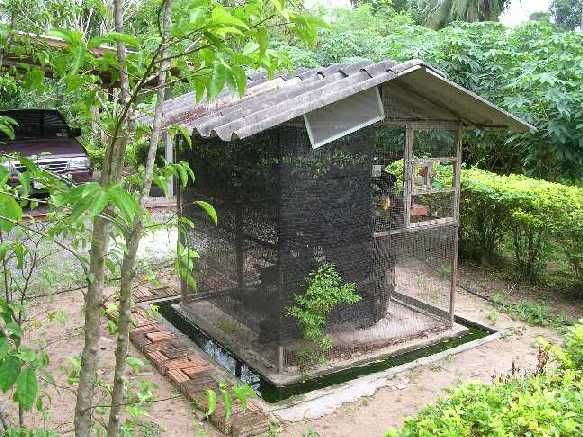

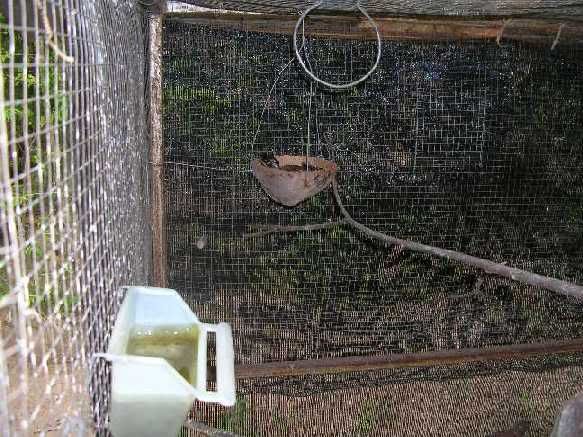
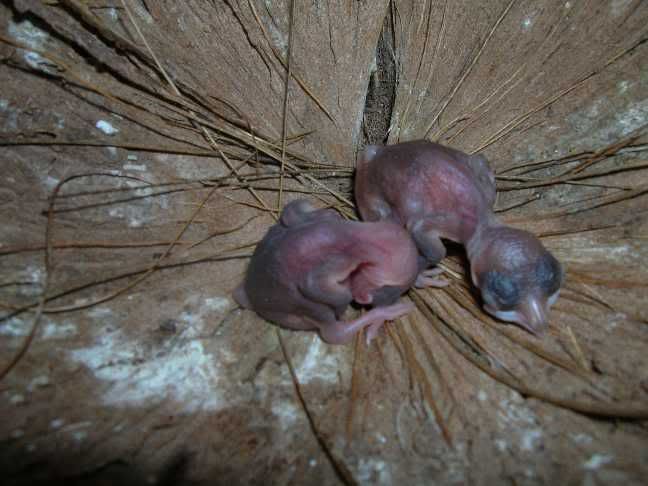
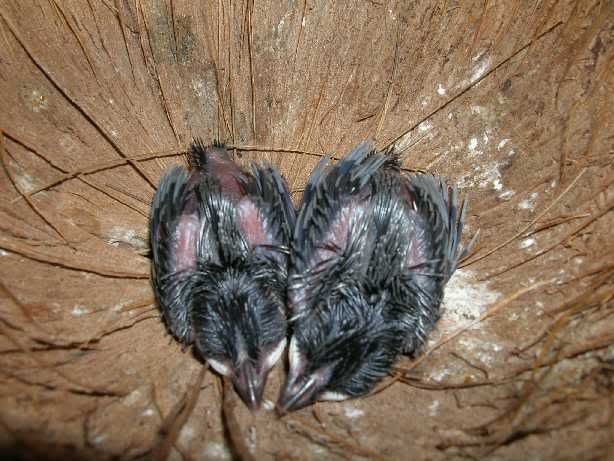
Diet
It feeds on fruits such as berries and figs as well as insects. It usually picks off insects on trees and branches but sometimes descends to the ground to do so. It is also known to eat flower buds and seedlings.
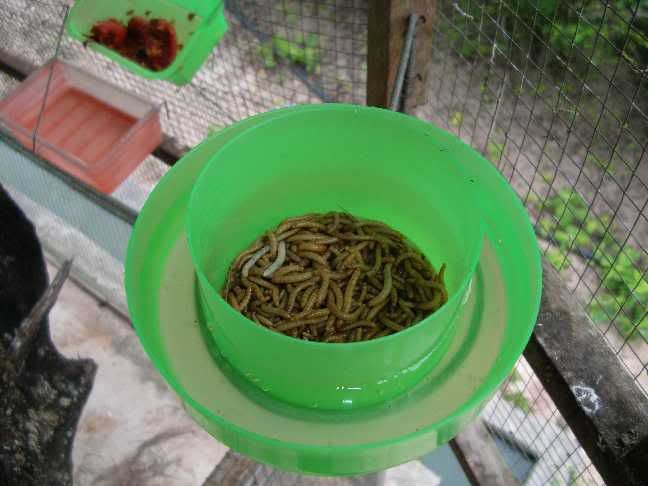

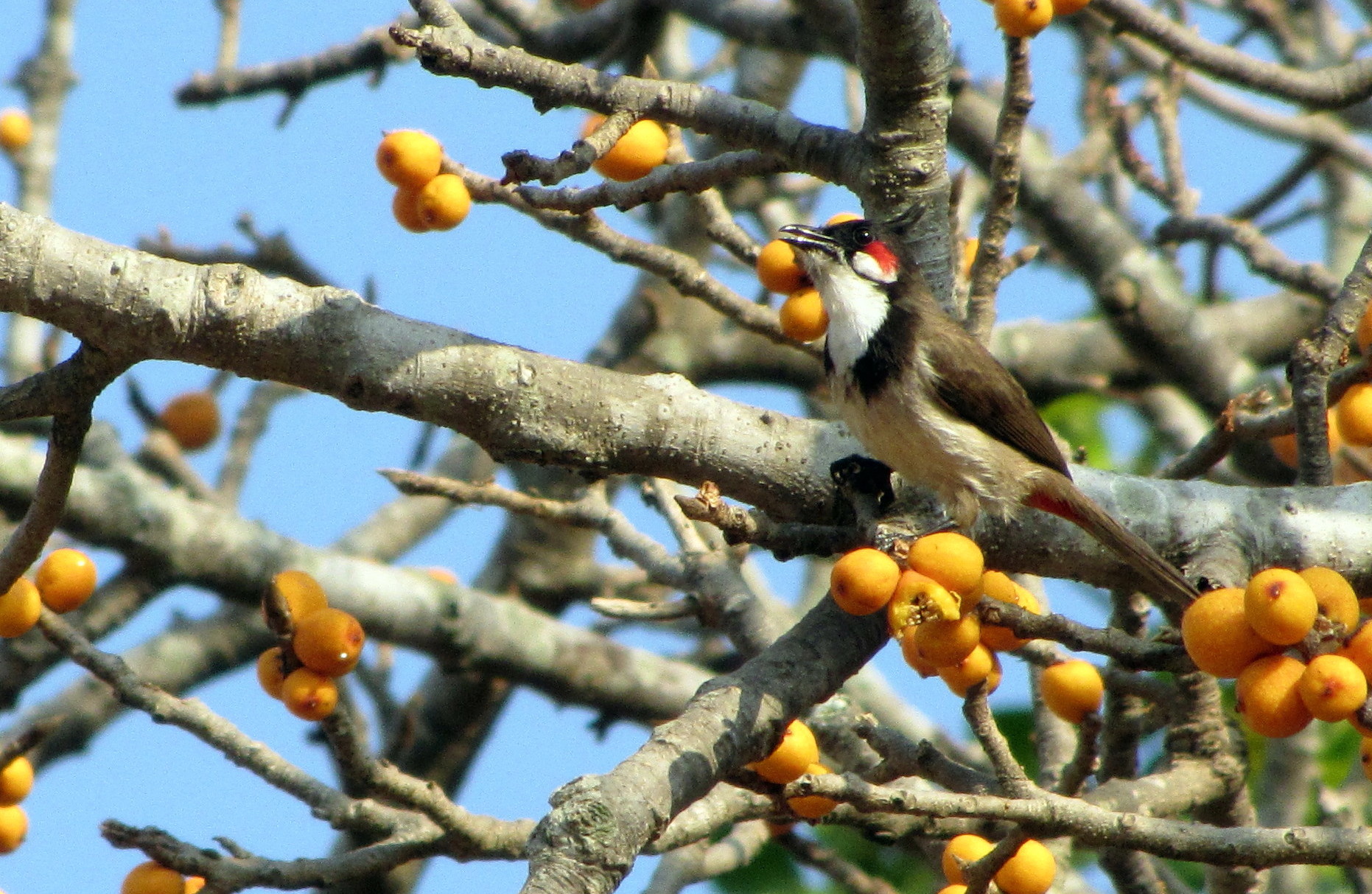
Distribution and Habitat
The Red-whiskered Bulbul is widespread throughout India. In Southeast Asia, it is common in open country in Thailand, Singapore, Vietnam and in northern Peninsular Malaysia. Farther south, populations that have been established are speculated to be the result of escaped birds. This species has also been successfully introduced in southeastern Australia, Florida and Hawaii in the United States, and Mauritius.
In Vietnam, it is believed to be an introduced species, the result of escaped caged birds establishing a breeding population. It is typically found in gardens and parks and at the edge of secondary forests. Interestingly, a large resident population has formed on the grounds of the Istana, where it is noted to be one of the most common bird species seen.
Variant Names
Red Whiskered Bulbul, Merbah Jambul, Merbah Telinga Merah
Author
Internet Collection
[Updating...]

Description
Overall, this slender bird is greyish-brown in colour with white below. It is clearly identified in the field by the crimson patches below its eyes, and the pointed black crest adds to its distinctive look. Both sexes are alike. Juveniles lack the red patch on the cheeks and are lighter red under the tail. It usually occurs in pairs. However small flocks of 30 individuals have been recorded, and up to 50 birds have been observed on the less frequented grounds within the Istana in Singapore. It is also one of the five most popular caged birds in Singapore, along with the White-rumped Shama, Oriental White-eye, China Thrush and Zebra Dove. Its call has been described as a "queep kwil-ya" that is whistled repeatedly.


Reproduction
Red-whiskered Bulbuls generally breed between February and August, although the nesting season is not well defined. They build nests typical of members of the bulbul family: very neat, rounded and cup-shaped. The nests are made of dead leaves and twigs bound tightly together and are lined with roots and grass. They are typically set up in low branches of trees or bushes, seldom more than a few metres from the ground but often well concealed. This species lays three eggs, which are pinkish and heavily mottled.
At natural





Reproduction at aviary





Diet
It feeds on fruits such as berries and figs as well as insects. It usually picks off insects on trees and branches but sometimes descends to the ground to do so. It is also known to eat flower buds and seedlings.



Distribution and Habitat
The Red-whiskered Bulbul is widespread throughout India. In Southeast Asia, it is common in open country in Thailand, Singapore, Vietnam and in northern Peninsular Malaysia. Farther south, populations that have been established are speculated to be the result of escaped birds. This species has also been successfully introduced in southeastern Australia, Florida and Hawaii in the United States, and Mauritius.
In Vietnam, it is believed to be an introduced species, the result of escaped caged birds establishing a breeding population. It is typically found in gardens and parks and at the edge of secondary forests. Interestingly, a large resident population has formed on the grounds of the Istana, where it is noted to be one of the most common bird species seen.
Variant Names
Red Whiskered Bulbul, Merbah Jambul, Merbah Telinga Merah
Author
Internet Collection
[Updating...]
Sửa lần cuối:
